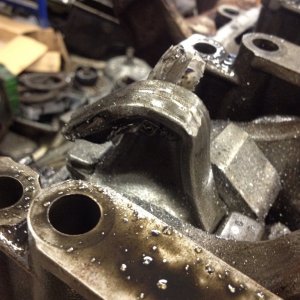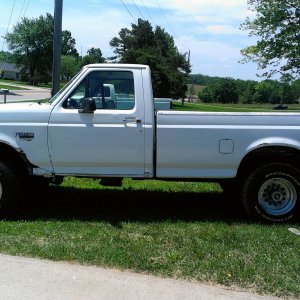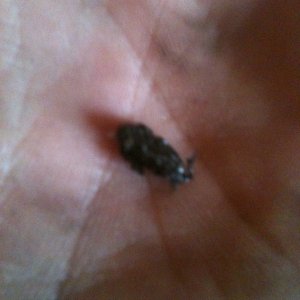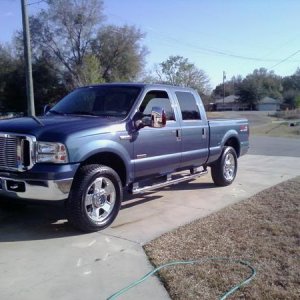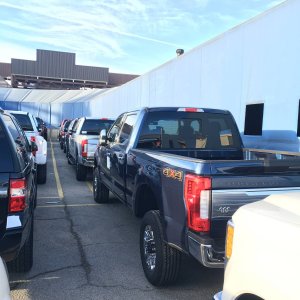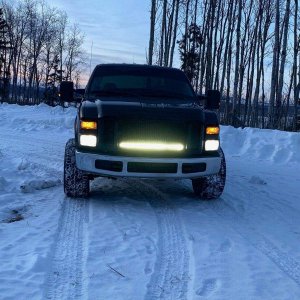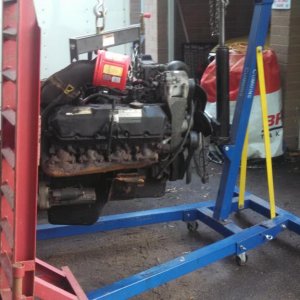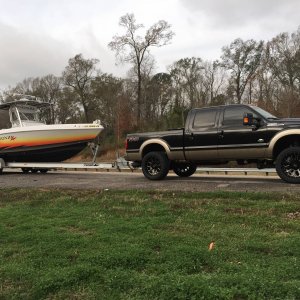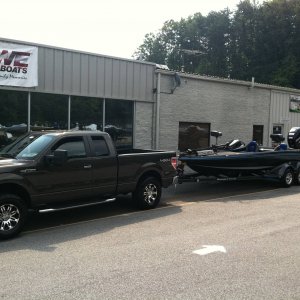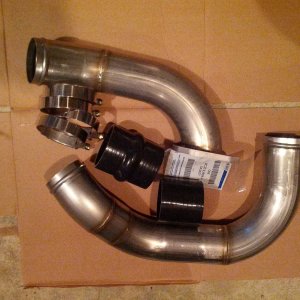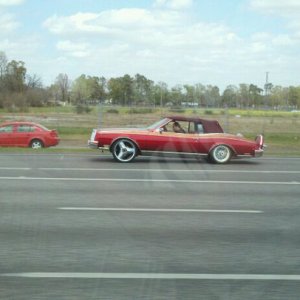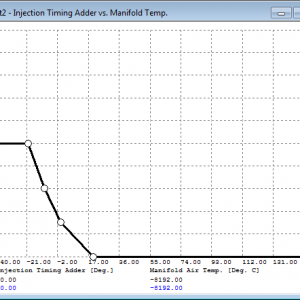Charles
Well-known member
- Joined
- May 18, 2011
- Messages
- 2,729
- Reaction score
- 47
I would want to see a single webpage with links directly on it to the programs themselves. Have it categorized by DPC code, then by nozzle size, and by author if you wanted.
If it's through individual accounts you can't see the "big picture" and would have to keep going into and out of individual accounts, all organized differently on your search for multiple programs of the same type from various authors.
As for safety, if the files are all for 200+% nozzles then "the tennager" scenario is failsafe, in that anyone running a smaller nozzle will just get less effective timing and fuel. A crisp, clean and strong program for say a 200% nozzle would be lax, and docile on say a 30% nozzle.
I opened up my laptop and opened up my tuning software for the first time in about 2 years last night. Right now my truck is running 400/400's with a single 15* takeout pump from a wrecked OBS and at WOT last night I was running ~2550 psi ICP, smoking very little, running a wastegated 60psi boost and moving on out.
If nothing else that file would make a good starting point for anyone simply wanting to get a set of 400% nozzles under control for daily duty. The only time I had smoke when driving around was when I was TCC locked in OD at ~1500rpm and wanted to accelerate uphill. I could see some smoke kind of wisping out the pipe.
Even though that program probably has lebbentybillion things that various people would say are mistakes, and plenty that I would agree with, lol, that file would get 99.99% of people into a 400% nozzle with a stable "ground zero" point that would fire up and go down the road without a bunch of bullsh*t.
And plenty of other guys have stuff that would do the same for 400's, 300's, 200's and so on that I just wish we could skip the part where people are still running small nozzles because of "smoke control" and people with horribly skewed ideas of how a 200EDM for instance SHOULD behave. A 200 EDM should NEEEEEEEEEEEEVER smoke that you don't specifically ask it to. If you don't want to see the stuff, you shouldn't be seeing it, FLAT to the floor...
Any number of guys could write you a file for a 200 EDM where the pw just always stayed juuuuuuuuust ahead of the ICP and it would be a smoky pile of fail, Allllllllways under the charger, alllllllways running hot, smoky and soggy. This is soooooo easy to do. Even when you're trying not to, lol. A lot of people have driven trucks like this and said F it. Those same tuners could get the pw to icp ratio back in check by usually just easing back on the pw ever so slightly and all of a sudden the same truck will snap to attention, crispen right up and start shooting around like a sportscar with very little smoke and hauling ass. Pull back a little more and you can lay it to the floorboard with no smoke and still be outrunning the guy over there with 30% nozzles that's SMOKING, lol.
I'm just rambling now. But that's how I feel about it after running almost every nozzle made.
If it's through individual accounts you can't see the "big picture" and would have to keep going into and out of individual accounts, all organized differently on your search for multiple programs of the same type from various authors.
As for safety, if the files are all for 200+% nozzles then "the tennager" scenario is failsafe, in that anyone running a smaller nozzle will just get less effective timing and fuel. A crisp, clean and strong program for say a 200% nozzle would be lax, and docile on say a 30% nozzle.
I opened up my laptop and opened up my tuning software for the first time in about 2 years last night. Right now my truck is running 400/400's with a single 15* takeout pump from a wrecked OBS and at WOT last night I was running ~2550 psi ICP, smoking very little, running a wastegated 60psi boost and moving on out.
If nothing else that file would make a good starting point for anyone simply wanting to get a set of 400% nozzles under control for daily duty. The only time I had smoke when driving around was when I was TCC locked in OD at ~1500rpm and wanted to accelerate uphill. I could see some smoke kind of wisping out the pipe.
Even though that program probably has lebbentybillion things that various people would say are mistakes, and plenty that I would agree with, lol, that file would get 99.99% of people into a 400% nozzle with a stable "ground zero" point that would fire up and go down the road without a bunch of bullsh*t.
And plenty of other guys have stuff that would do the same for 400's, 300's, 200's and so on that I just wish we could skip the part where people are still running small nozzles because of "smoke control" and people with horribly skewed ideas of how a 200EDM for instance SHOULD behave. A 200 EDM should NEEEEEEEEEEEEVER smoke that you don't specifically ask it to. If you don't want to see the stuff, you shouldn't be seeing it, FLAT to the floor...
Any number of guys could write you a file for a 200 EDM where the pw just always stayed juuuuuuuuust ahead of the ICP and it would be a smoky pile of fail, Allllllllways under the charger, alllllllways running hot, smoky and soggy. This is soooooo easy to do. Even when you're trying not to, lol. A lot of people have driven trucks like this and said F it. Those same tuners could get the pw to icp ratio back in check by usually just easing back on the pw ever so slightly and all of a sudden the same truck will snap to attention, crispen right up and start shooting around like a sportscar with very little smoke and hauling ass. Pull back a little more and you can lay it to the floorboard with no smoke and still be outrunning the guy over there with 30% nozzles that's SMOKING, lol.
I'm just rambling now. But that's how I feel about it after running almost every nozzle made.

